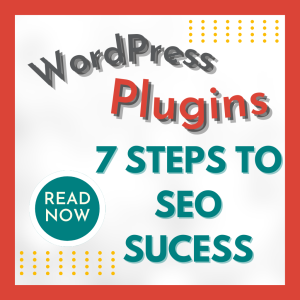WordPress SEO - in 7 Simple Steps
What is WordPress SEO?
Before we discuss some of the best practices for wordpress SEO, let’s step back a bit and take a quick peek at WordPress itself, what it is and what it does.
Initially launched in 2003 as an open-source blogging platform, WordPress has since evolved into a full-fledged CMS, powering over 40% of all websites on the Internet.
It offers a user-friendly interface and extensive customization options, giving users a vast choice of themes and plugins.
Today, we’ll discuss the best practices for maximizing your wordpress SEO capabilities and how to increase your site’s footprint on Google and other search engines.
SEO, or Search Engine Optimization, is the process of improving a website to increase its visibility when people search for products or services related to your business in Google, Bing, and other search engines.
WordPress SEO involves integrating specific tactics and tools to improve your site’s ranking and overall presence on the Internet.
On This Page
Google's Mission & WordPress
As most of us already know, Google dominates the search engine world and claims up to 90% of search results. Therefore, for Google to organize the world’s information and make it useful, it is incumbent upon us as webmasters and bloggers to provide that information in an organized, concise, and useful way. By doing so, we can offer a better product or service and make our little corner of the internet just that little bit better. 😊
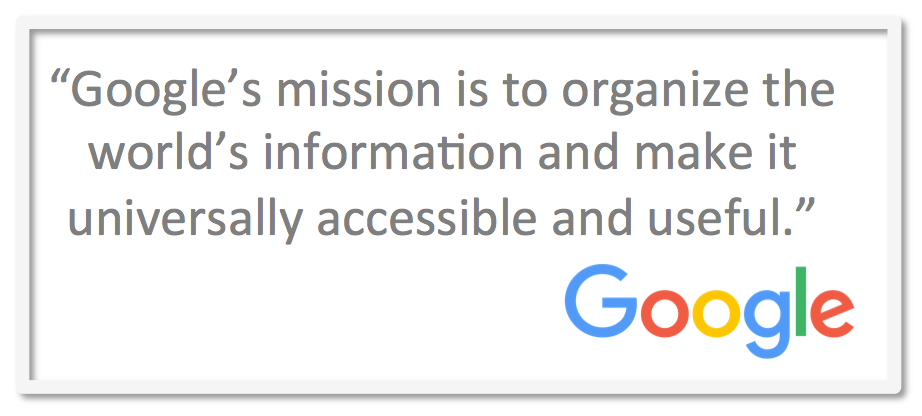
Best Practices For WordPress SEO
Optimizing Permalinks
Permalinks are the permanent URLs to your blog posts, categories, and other lists of blog postings. To be SEO-friendly, short, and descriptive.
Best Practice:
• Use a custom URL structure in your WordPress settings like /%category%/%postname%/ to ensure clean and readable URLs.
• Include your main keyword in the permalink.
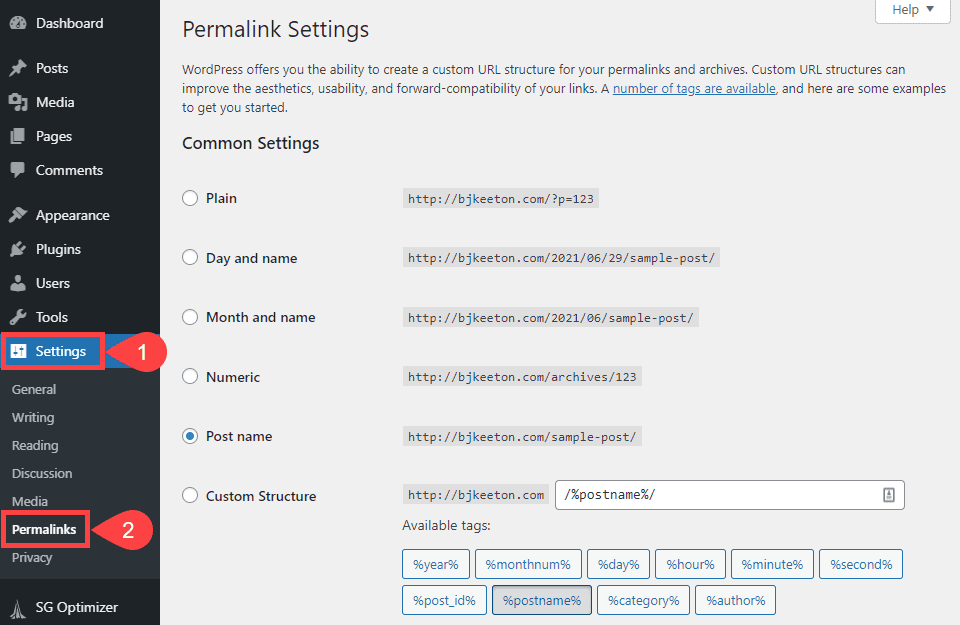
Utilizing WordPress SEO Plugins
With over 58,000 WordPress plugins in the marketplace, you’re sure to find the perfect one to adapt best practices to your WordPress SEO. These plugins can offer features like creating XML sitemaps, customizing titles and meta tags, analyzing content, and enhancing your site’s functionality.
Recommended Plugins:
• Yoast SEO:
Provides comprehensive solutions for on-page optimization. Yoast SEO has both a free version and a paid. The paid version comes with all the ‘bells and whistles’ and gives you 24/7 access to Yoast Academy.
• All-in-One SEO Pack:
AIO SEO claims it’s the fastest way to optimize WordPress SEO settings, add schema markup, create XML sitemap, add local SEO, track SEO keyword rankings, automate internal linking, and basically, everything an SEO Pro would use to rank higher in search engines.
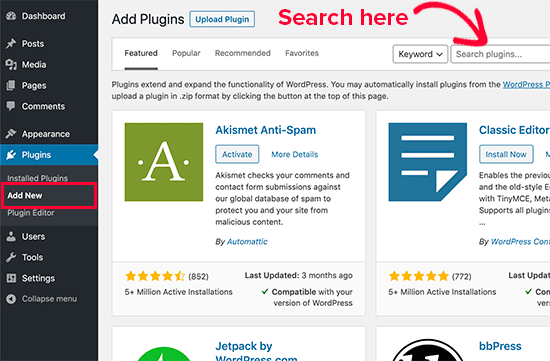
How to Install WordPress SEO Plugins:
- Log into your WordPress dashboard
- Select Plugins > Add new.
- Search for a plugin with the search bar in the top right corner. Several results will appear.
- After finding the plugin in the results, click Install Now. …
- To use the plugin, you’ll need to activate it. Click Activate.
Craft High-Quality Content
Quality content is king in the best practice wordpress SEO realm. Search engines love good content and prioritize unique, valuable, and engaging content. Beside, nobody with any sense of dignity or respect for their fellow human beings would deliberately set out to write rubbish. At least, not in my world they don’t.
Content Tips:
• Address your audience’s needs and questions. Ask yourself “who is my end customer, and what do they want?” We talk a bit more about drilling down to find needs and wants in our content creation section.
• Use headings and subheadings to structure content logically, using H1, H2, and H3 tags. Google loves structure, and your readers will, too.
• Use bullet points. There are two types of bullet points and although similar they serve entirely different purposes.
1. Use standard bullets to help draw your reader through your page and highlight important points. But . . .
2. For sales copy you must use “Magic-Bullets.” You will be denying yourself and your visitors if you don’t.
• Incorporate keywords naturally. Your primary keyword saturation should be no more than 2%. If you don’t do anything more, Google may penalize you for ‘keyword stuffing’ and nobody wants a Google slap.
Good WordPress SEO Loves Optimized Images
This is a very easy one to miss, and I must plead guilty for my own mistakes, but the fact is that images form a critical part of any web page. They break up the text and can provide context. However, they also need optimization to contribute to your best-practice WordPress SEO development.
Image Optimization Tips:
• Use descriptive file names with keywords.
• Include alt text for every image.
• Compress images to improve page load times.
Wind Up Your Site Speed
Site speed is a significant ranking factor. A faster site provides a better user experience and can lead to higher conversions.
Speed Optimization Tips:
• Implement caching plugins like W3 Total Cache.
• Use a Content Delivery Network (CDN) to reduce server load times.
• Optimize your site’s code and minimize CSS and JavaScript files.

Build a Mobile-Friendly Site

Without denial a phone in your pocket is no longer a faashion accessory but it has become an essential tool. Which is why optimising for mobile is an essential part of your best practice wordpress SEO program.
With Google’s mobile-first indexing (Hummingbird), having a mobile-friendly website is no longer optional. A responsive design ensures your site looks and works well on all devices.
Mobile Optimization Tips:
• Choose a responsive WordPress theme.
• Test your site’s mobile-friendliness with Google’s Mobile-Friendly Test tool.
Add Schema Markup
Schema markup forms the final part of your best practice for wordpress SEO package. It helps search engines understand your content better and can result in rich snippets in search results.
Schema markup language is a structured data vocabulary that helps search engines better understand and represent your website’s content.
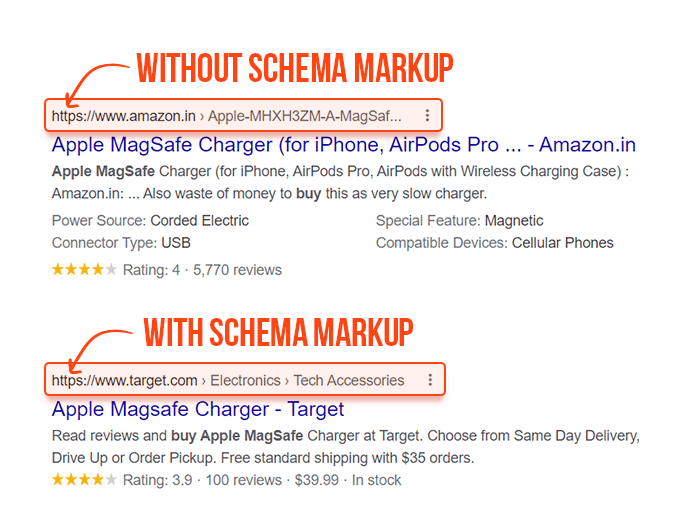
If you are incorporating a responsible wordpress SEO strategy, Schema is the icing on the cake. When you use schema your wordpress seo plugin will convert non-structured data to structured data potentialyy leading to rich snippets.
These enhanced search listings can display additional information, such as reviews, events, or product details, making your content more attractive and clickable for users. Google measures this enhanced user experience (UX), which aligns with its mission statement to make information accessible to everyone.
Implementing Schema:
• Use plugins like Schema Pro to add structured data to your pages.
• Mark up content types such as articles, recipes, and events.
• If you use Yoast as an SEO plugin it will automatically create schema with various extra schema plugins available.
Head over to Schema.org for more info.
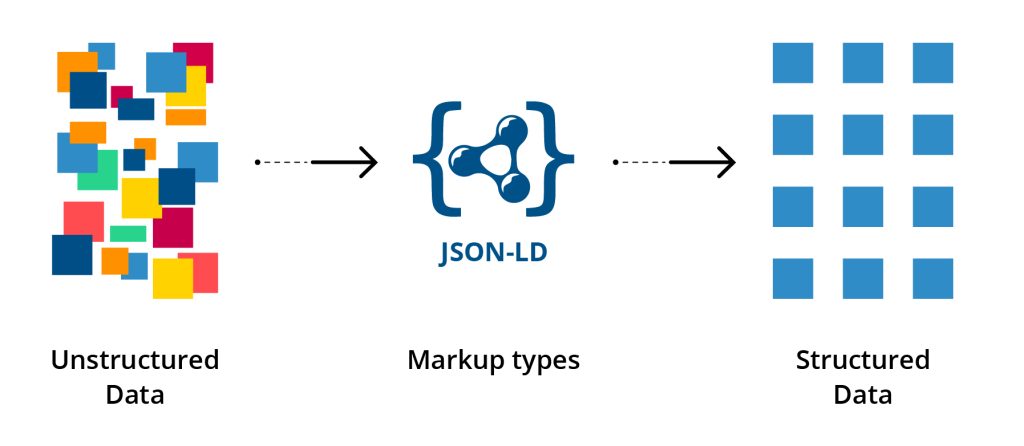
Advanced WordPress SEO Techniques
1. Implement Internal Linking:
Internal links, also known as contextual links, are a vital component of your best practice WordPress SEO. They not only connect your content but also provide Google with a clear understanding of your website’s structure. By guiding visitors to explore more of your site, internal links can significantly increase session duration and reduce bounce rate, thereby enhancing your site’s SEO performance.
2. Develop A Backlink Strategy
Backlinks from reputable sources are the cornerstone of building domain authority. To earn these valuable links, it’s essential to engage in guest blogging and consistently share high-quality, relevant content. This proactive approach can significantly boost your site’s SEO performance.
3. Add Breadcrumbs
Breadcrumbs are another important part of best practices for wordpress seo strategies. They play an excellent role in guiding your reader and Google across your site. You can read this post to learn more about breadcrumbs and how to install them.
4. Conduct Regular Site Audits
When you undertake regular SEO audits, you can identify and fix issues affecting your site’s performance. Simple things such as deleting any themes you are not using reduce your bandwidth and keep everything running well.
In Summary:
- Optimizing your WordPress site for search engines is a multifaceted process that requires consistent effort and strategic planning.
- Implementing the strategies and best practices outlined in this guide can improve your site’s visibility and ranking on search engines.
- Remember, best practices for wordpress SEO are a long-term investment. Regular audits, consistent updates, and a willingness to adapt to new changes are key to staying ahead of the competition.
Have a Question?
F
A
Q
Still need help finding what you’re looking for?
Drop Us A Line & we’ll get back to you within 24 hrs 🙂
Most Common Questions
1. Check Your WordPress Site’s Visibility Settings.
Go to the WordPress tool and select WordPress from the tool menu.
Open the WordPress Dashboard and click on the site’s title in the toolbar.
Next, scroll down to Settings and select reading.
Scroll to the bottom and check if the box marked ‘Discourage search engines from indexing this site’ has been clicked.
Change the Site Visibility setting as needed.
Finally, save your selection.
2. Review Your WordPress Permalinks.
Log in to your WordPress Dashboard.
Go to Settings > Permalinks.
Scroll down to the section labeled Product permalinks.
Choose the permalink structure you would like to use.
Click Save Changes to update your permalink settings.
3. Install an SEO Plugin for WordPress.
Log into your WordPress dashboard.
On the left side, click on Plugins.
Click on your desired plugin or “Browse all” to view all available premium plugins.
Click the “Purchase and/or activate” button to install the plugin on your site.
Yes. WordPress structures itself in a parent-child style. This means it can be an excellent content management system for SEO when properly configured and optimized for search.
There’s nothing inherently making one generator better for SEO than any other. Google Search doesn’t know/track if a page comes from WordPress, FrontPage, or an artisan code foundry. WordPress sites may tend to rank better due to their SEO-friendly features such as the parent/child relationship above.
With the purchase of an annual, two-year, or three-year plan, you may register a new domain for free for one year or transfer a domain you already own to WordPress.com. You may also free connect a domain from another provider with any paid WordPress.com plan.
Overall, WordPress remains a powerful and versatile CMS. Whether it’s outdated depends on your specific needs and priorities. WordPress sites cover an estimated 40% of the internet so it’s popularity makes it a strong contender for longevity especially if you value ease of use, a large community, and extensive customization options.

